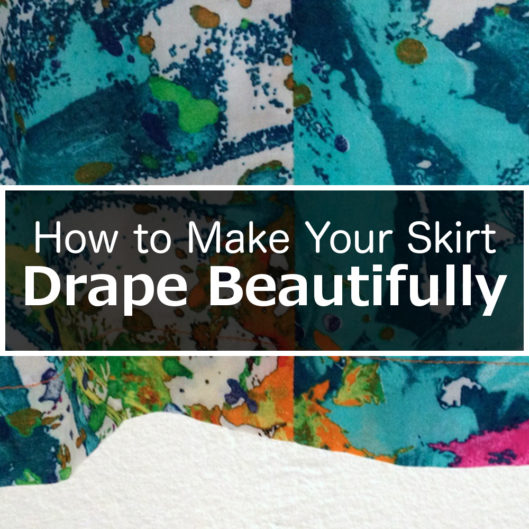
How to Make Your Skirt Drape Beautifully
Last week we talked about a couple of basic sewing techniques, namely understitching and seam-grading, that contribute to the professional look of a garment. Today I’d like to discuss a less common technique, but nonetheless one that makes your lovely garments even more beautiful. This technique helps your clothes hang and drape beautifully by adding weights at the hem.
One famous demonstration of this technique is on the classic Chanel jacket, where a chain is added at the hem. You may also see that weights are added at the bottom of draperies too.
So what is the purpose of adding weight? You may have experienced that some clothing has a tendency to “hike up” slightly and you have to constantly pull it down. This may be more noticeable on fabric that doesn’t drape well naturally and is light-weight. Buy adding some weight, your clothes will hang straighter down without your wrestling with it. You will also find that it moves more gracefully with you.
When I say to add weight, I don’t mean adding a 2-pound weight or anything like that. This is not weight training for the skirt, and we don’t need your skirt to develop any muscle (spoiler: it won’t no matter what you do to it). And we certainly don’t want to add so much weight that it pulls your skirt off your waist.
I found that coins are perfect. I use US coins, specifically pennies and dimes. I think nickels would also be good, although you need to have a slightly wider hem to accommodate the larger coins. You certainly could use your own country’s currency. I know coins of different countries weigh differently, but hopefully you have some idea the approximate amount of weight I am talking about. The heavier your fabric, the heavier the coin you’d need. And vice versa. Also, coins were made to last. If you are like the rest of us, you’d put your coins in the laundry once or twice before. They do come out of the laundry shinny and clean, and leave no mark on the fabric. But do use the same kind around the same hem so that all sides are evenly weighted.
On my Sirena Dress, I added four coins to the primary fabric and four coins to the lining fabric at the hems (sides, center fronts and center backs). Both the primary fabric and the lining fabric are cotton lawn. They are very soft, light-weight and beautiful, but drape they do not. Therefore, they definitely benefit from the added weight/drape.
How to Add Weights to a Skirt
Here’s the material you need:
- Light-weight fusible interfacing (any kind will work, such as woven, knit or weft-insertion)
- Coins
Of course you will need the hem of your garment. When I use pennies and dimes, my hem allowance is 1 1/4″ (3 cm). If you use anything bigger, you may need to increase your hem allowance.
For each weight, I cut two 1 1/8″ (2.8 cm) squares of fusible interfacing. If you choose a larger coin, the square should be about 3/8″ (1 cm) larger than the coin all on sides.

Sandwich the coin between the interfacing with the fusible sides against the coin. Fuse all around to secure the coin. The glue won’t stick to the coin though, which is fine. I also trim the edges after fusing so that they are nice and clean.
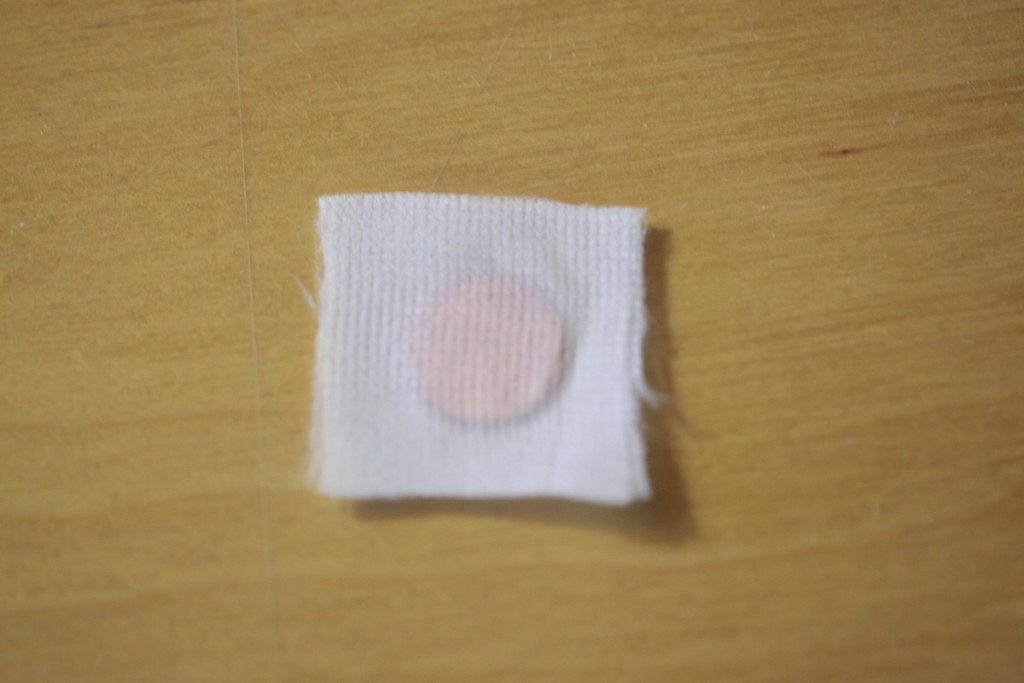
Optionally, you can pink the edges with pinking sheer. It will show less of a harsh impression on the finished hem. But frankly I can’t tell either way in my case; my interfacing is pretty thin.
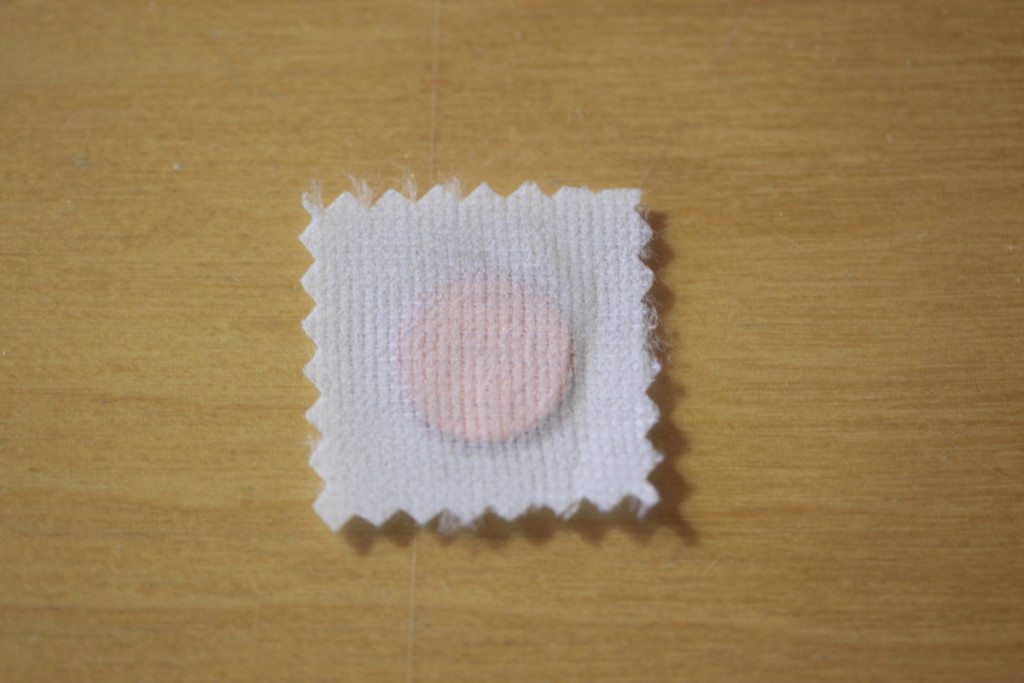
I made eight at one time; some of them are dimes and some are pennies, just because I don’t have that many pennies on hand. I used the pennies (which are heavier) on the outer skirt, and the dimes for the skirt lining.
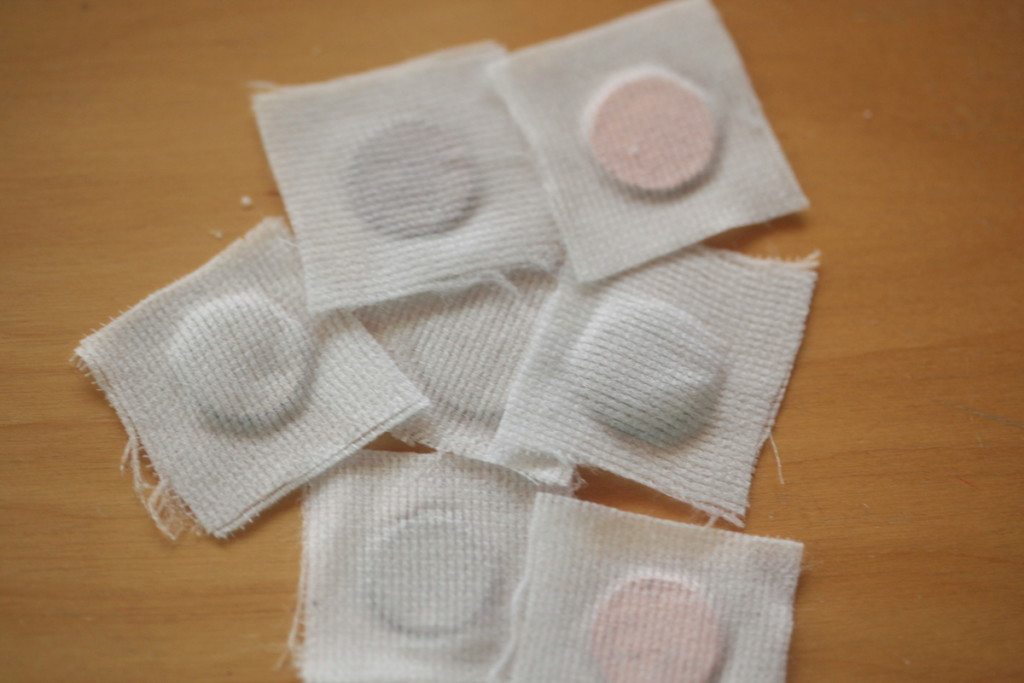
Stitch the interfacing on the hem of the skirt (or whatever garment you are working on). Note that it is stitched to the side that will be folded up, so that the stitching won’t be visible to the public side when the skirt is done. Be very careful not to sew on the coin. We don’t want any broken needles or any injuries. You can use your regular zipper foot here. Also, now you see what I meant when I said you’d need a wider hem for a larger coin? If you are so inclined, you could hand stitch invisibly to the seam allowances too.
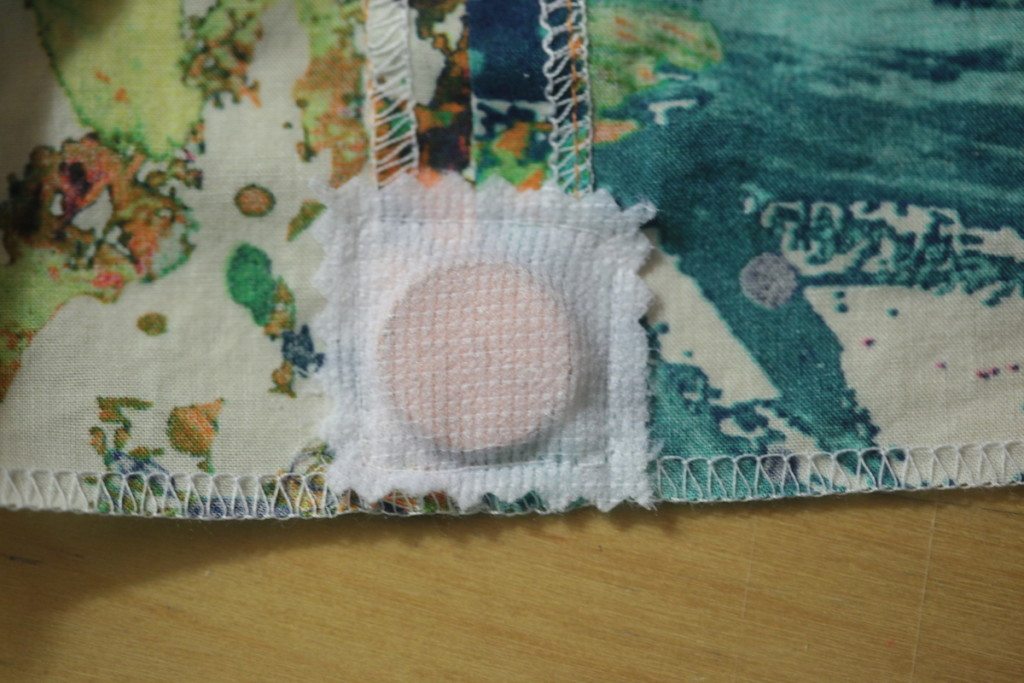
Fold up and finish your hem as usual. Again, if you are using a machine to topstitch the hem, be careful and do not stitch on the coin.

Ta da! It’s done! You now have a well-hung skirt.
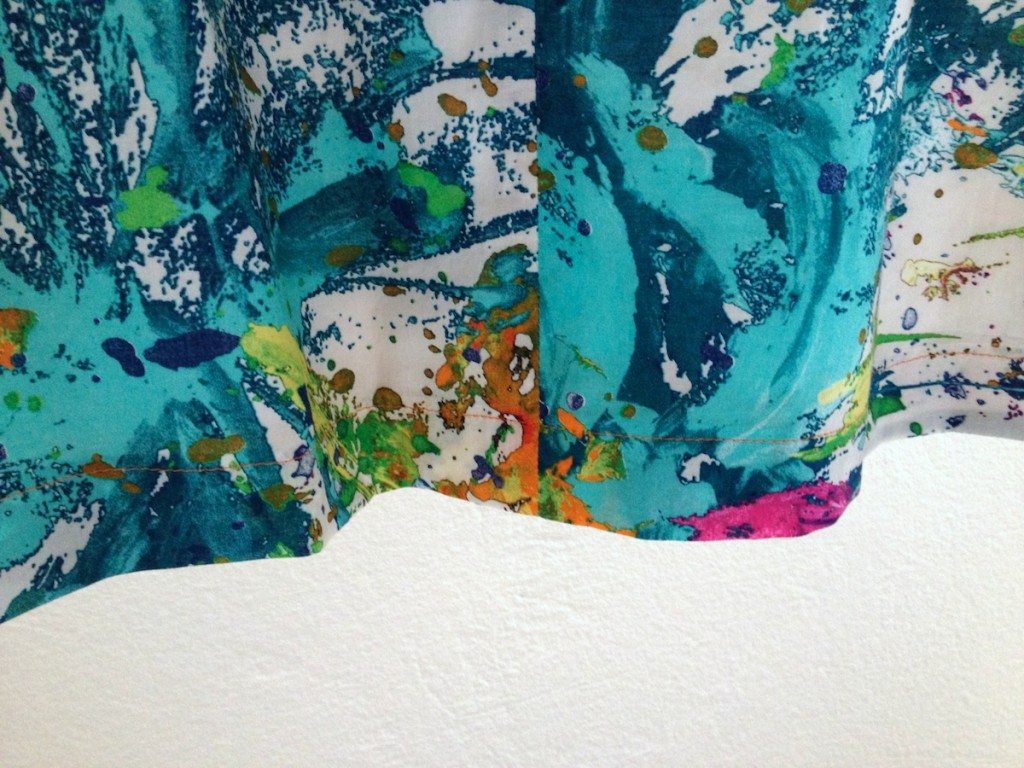
And at the end of the skirt’s life, you could even take the coins back out to use. 😉
I hope this is helpful. Let me know what you think about this technique!



Her Majesty Queen Elizabeth II always had weights sewn into the hems of her skirts
Would leaving a small opening on the small pouches be a good idea? This way you can remove the coin before washing and put back after? Can use the coins for other clothes. Can apply same idea for curtains, instead of coin use magnets to stick on metal tubs.
This is a fantastic idea. I will be using the idea! I’ll try the idea also on pants. Thanks.
Thank you for the great information, my daughter asked if I can fix her dress that rides up the back side, so I will definitely try this idea.
I can feel some large coins inside the hem of the (very) old curtains in my living room. I plan to replace the curtains soon. British coins have changed since the curtains were sewn and I am excited to see the coins that were used. Then I will use the same coins to weight the new curtains. It’s like a time capsule.
This is exactly what I need for the extremely lightweight India silk skirt I just made Thank you so much!
How do you determine how many weights to use?
I sewed drapery weights into the hems of a Victorian Era Cape that I made for a church Christmas program. The cape was made of very lightweight fabric (to save money) and looked kinda cheap at first. But adding the weights to the hem made the cape look much richer and gave it a “swish” whenever the man who wore it moved.
The fabric stores in my area (western USA, NOT California) used to carry hem chain, a lightweight metal chain which one could insert into one’s hemline. I assume one would also tack the chain down inside the hem to keep it in place. I’ve just been looking for that product online, and sadly it seems to have disappeared from fabric stores.
You can get in online at Amazon.
Fab idea. I also use lengths of curtain weights too in narrow hems on purchased garments you can slide it through the hem allowance ?
I love skirts with wide bottoms. I call them my twirling skirt. sure gonna try this . Thanks for sharing
What a great use of small change. I always have lots of it. The Queen (UK) always has weights sewn into her hems to stop them blowing in the wind. Must try this. Thank you for such a useful tip.
I didn’t know that about the Queen using them. What a cool idea! I’m not a fan of the “Marilyn Munroe” look of holding down my skirt, it’s not an elegant look.
You have such great, useful posts. I hadn’t thought of this and wouldn’t have known how to engineer it this way. Thank you!!
Thank you for the great photos to this tip! I’ve heard about it but never saw great visual tutorial like this one.
Very interesting, I’ll have to give this a try. Thanks for sharing!
I will use this on my next skirt! Thank you.
I’ve done this using washers in the hem, you can sew through the hole which eliminates the need for interfacing. But I do like your technique too…and who doesn’t have spare change lying around?
That’s a great idea Teresa. You have many choices of weights with washers.
Do the washers rust? That’s my greatest concern. I can’t use the bloggers tip since these are purchased dresses with very tiny hems. Thanks for your help!
Hi Beth, I don’t know if washers rust, but the pennies don’t.
Do they have side seams big enough? American dimes are pretty small. I’m going to check some of my flyaway tunics and skirts right now.
Stainless steel washer do NOT rust. Available in any hardware store.
I had no idea this was something one could do, but it makes total sense!
Interesting . I will certainly give this a try.
I only knew of adding weights in wide skirts for modesty reasons